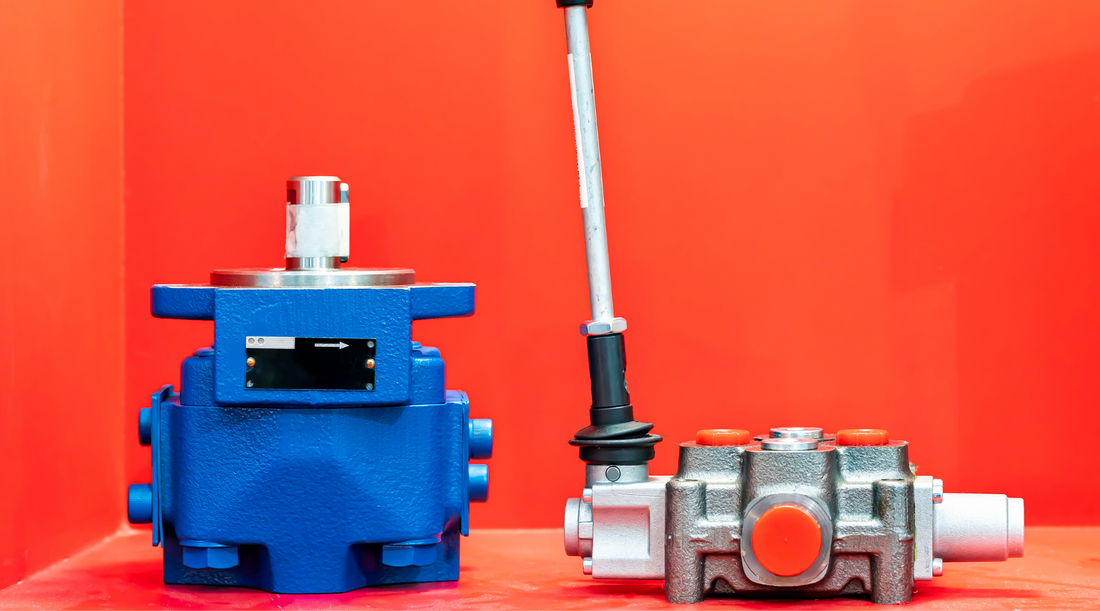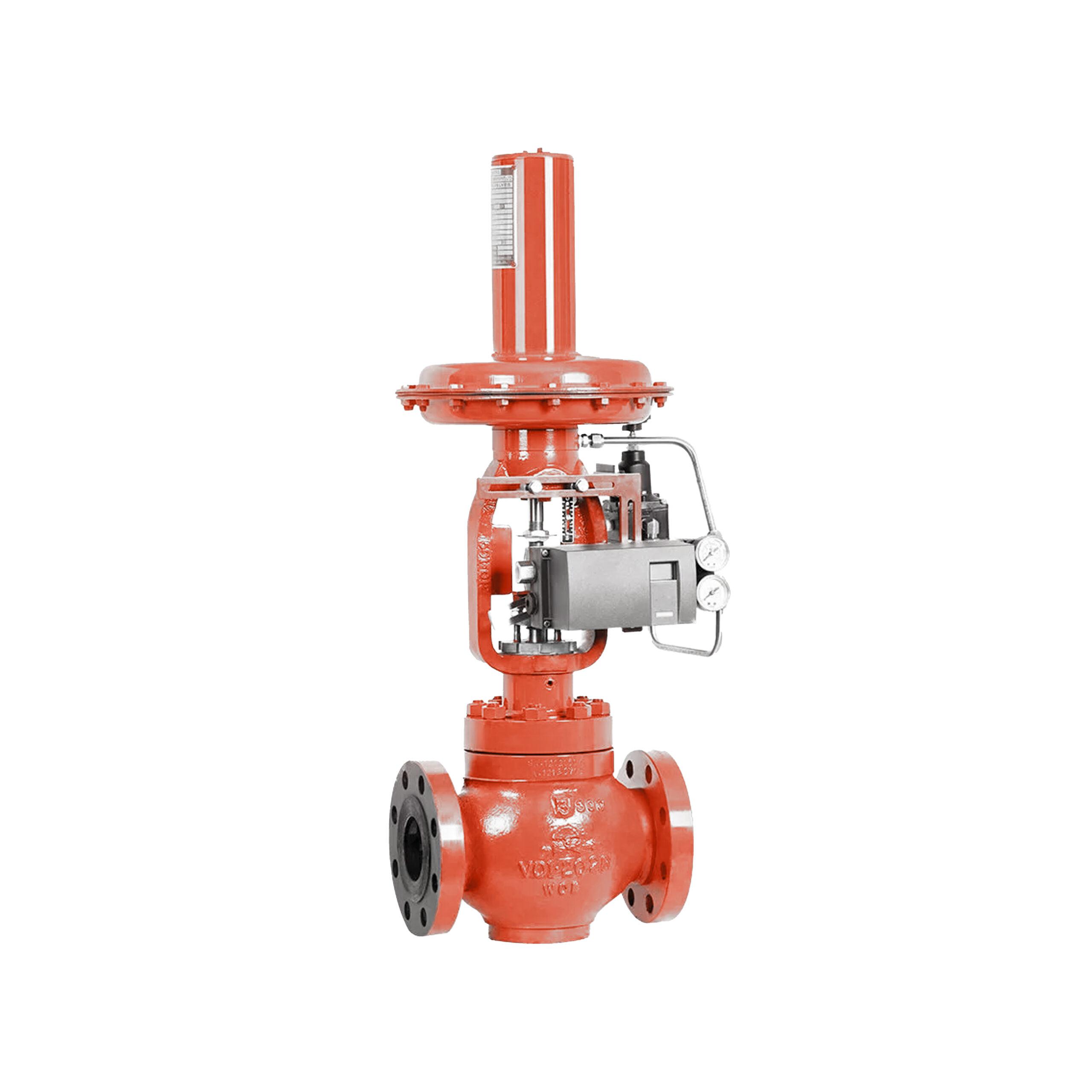Crucial Variables to Think About When Selecting Control Valves
Crucial Variables to Think About When Selecting Control Valves
Blog Article

Maximize Energy Savings and Comfort With Advanced Structure Automation Controls
In the world of modern architecture and center management, the integration of innovative structure automation manages stands as a critical development. The merging of modern technology and sustainability has actually birthed a brand-new period where power effectiveness, convenience optimization, and operational streamlining are no much longer obtainable realities however distant aspirations. By using the power of automation, structures can adjust, respond, and evolve in manner ins which were when inconceivable. The possibility for considerable energy cost savings and enhanced convenience is not just a guarantee yet a possibility waiting to be fulfilled. This standard shift in structure management holds the essential to unlocking a world where ecological conscientiousness and owner health sympathetically exist side-by-side within the walls of our structures.
Energy Performance Conveniences
Power effectiveness advantages can substantially minimize energy usage and operational prices in structures. Energy-efficient systems, such as sophisticated building automation controls, can optimize the usage of sources like lights, home heating, and air conditioning, leading to lower power expenditures over time.
Moreover, enhanced power effectiveness can prolong the life-span of structure equipment and systems. By running a lot more efficiently, heating and cooling systems, lighting fixtures, and various other building components experience much less wear and tear, causing minimized maintenance and substitute prices. Furthermore, energy-efficient structures usually regulate higher residential property values and rental prices, offering long-term monetary benefits to proprietors.
Additionally, power performance can enhance owner convenience and productivity. Effectively controlled interior atmospheres with optimal lighting and thermal conditions develop an even more positive and conducive office, bring about boosted employee complete satisfaction and efficiency. Overall, the energy effectiveness advantages connected with innovative building automation controls are complex, including cost financial savings, ecological stewardship, and resident wellness.
Boosted Convenience Control
Enhancing comfort control in structure atmospheres requires an innovative integration of sophisticated automation systems for optimum occupant wellness. By making use of advanced structure automation controls, facilities can customize the interior atmosphere to meet the specific demands and preferences of passengers. These systems make it possible for precise policy of lights, temperature, and ventilation, producing a comfortable and efficient environment. Passenger complete satisfaction and efficiency are carefully connected to thermal comfort, making it necessary to have systems in position that can adjust to transforming problems in real-time.
Enhanced convenience control goes beyond basic temperature adjustments. It includes features such as personalized settings, tenancy sensing units, and all-natural light application to develop a responsive and vibrant atmosphere. By incorporating these sophisticated controls, structures can not just enhance convenience however also improve power effectiveness by maximizing system procedures based on real occupancy and use patterns. Ultimately, focusing on resident convenience via sophisticated automation systems leads to an extra pleasurable and much healthier indoor atmosphere.
Functional Performance Improvements

Moreover, the execution of real-time monitoring and analytics tools allows structure operators to determine power inefficiencies and functional abnormalities quickly. By continually keeping track of power usage patterns and system performance metrics, changes can be made in real-time to optimize energy intake and guarantee peak functional performance. control valves. Furthermore, including need reaction approaches into structure automation controls can better enhance functional performance by dynamically changing power usage based upon grid problems and pricing signals
Indoor Environment Optimization
Efficient indoor environment optimization is an essential element of structure automation controls, guaranteeing passengers' comfort and health while making best use of energy cost savings. By making use of advanced sensors and controls, building automation systems can constantly change and check temperature, moisture degrees, air quality, and air flow to create an ideal websites indoor setting. Keeping consistent and comfortable conditions not just improves passenger satisfaction yet likewise improves efficiency and overall well-being.
Interior environment optimization likewise plays a vital function in energy performance. By fine-tuning air conditioning, ventilation, and heating systems based on real-time data and tenancy patterns, developing automation controls can substantially decrease power usage - control valves. Carrying out strategies such as demand-controlled air flow and thermal zoning can help lessen energy waste while making sure that each area of the structure receives the needed conditioning.

Sustainable Setting Production
Structure automation manages not only optimize interior environment conditions for energy performance and owner convenience however likewise lay the foundation for developing a lasting atmosphere through strategic monitoring of sources and systems. By incorporating innovative building automation technologies, such as sensors, actuators, and smart software application, facilities can change and monitor power usage in real-time to minimize waste and lower their carbon impact. These systems enable anticipating upkeep, identifying possible problems before they escalate and maximizing tools performance to enhance longevity and performance.
In addition, sustainable environment production prolongs beyond power administration to encompass water conservation, waste decrease, and interior air quality renovation. Building automation controls can regulate water use, spot leaks, and guarantee proper waste disposal practices, adding to overall sustainability efforts. In addition, by managing and keeping track of ventilation and filtration systems, these technologies enhance occupant health and performance while reducing energy usage related to HVAC procedures.
Conclusion
In verdict, advanced structure automation controls offer substantial advantages in regards to energy cost savings, convenience control, functional efficiency, indoor climate optimization, and producing a lasting setting. see this By executing these controls, structures can attain optimal performance while lowering energy usage and enhancing owner comfort. It is obvious that using advanced automation innovation is essential in boosting structure efficiency and creating a much more lasting future.
Energy effectiveness advantages can dramatically decrease power usage and functional expenses in buildings. Generally, the energy efficiency advantages connected with sophisticated structure automation controls are complex, incorporating price savings, environmental stewardship, and passenger well-being.
Furthermore, including need feedback methods into structure automation controls can better improve operational performance by dynamically changing energy use based on grid problems and prices signals.
Building automation regulates not only optimize interior climate conditions for power check this effectiveness and resident comfort but additionally lay the structure for producing a sustainable environment via calculated administration of resources and systems.In conclusion, progressed structure automation regulates deal considerable advantages in terms of energy savings, comfort control, operational efficiency, interior environment optimization, and developing a sustainable atmosphere.
Report this page